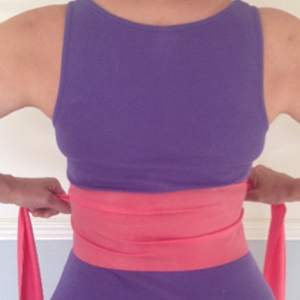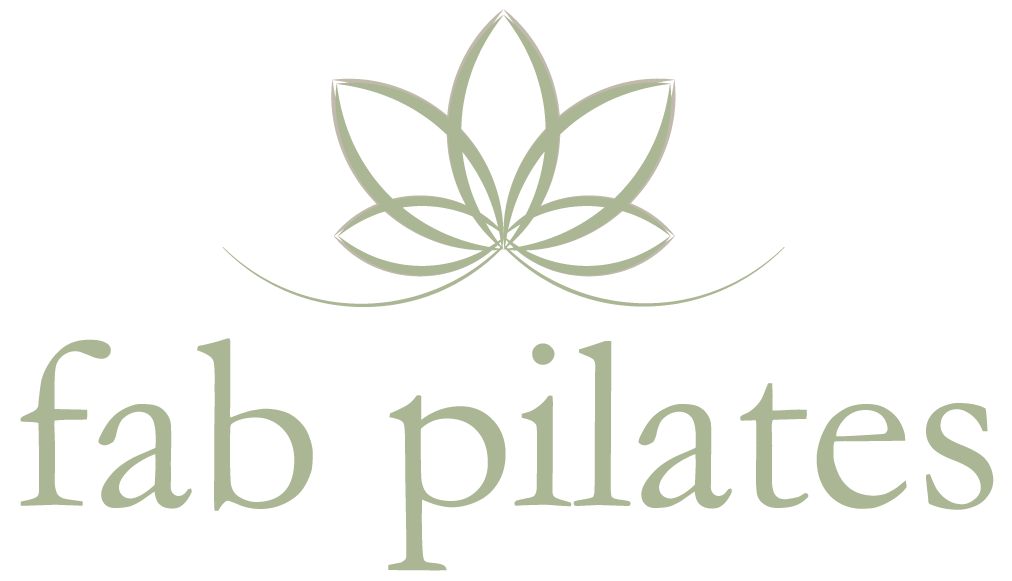Do you breathe well, or do you “junk” breathe? Joseph Pilates famously said “above all, learn how to breathe correctly”. Breathing is the foundation of our existence and creates a fundamental rhythm that underlies our life, so learning to breathe well is vital.
Take a moment to stand in front the mirror and watch the way you breathe. Many of us shallow-breathe, filling the upper chest (and tensing the shoulders in the process), or don’t fully expel the the air from our lungs, so we almost never get a good breath of fresh air. And that’s a shame, because every breath you take should be like JP’s “internal shower” – refreshing, energising and centering. In Pilates we want to use all of the breathing space we have available to us.
Breathing well helps to:
- Improve your circulation
- Rid your body of toxins
- Encourage concentration and help you recruit the appropriate muscles for your movements
- Calm your body and your mind
When the core muscles are correctly engaged, they protect the spine and act like a supportive corset for the whole trunk. The contraction of the diaphragm in breathing is an essential part of core activation, and in Pilates we focus on lateral breathing to assist with this core engagement.
Lateral Breathing Exercise
Lateral inhalation means directing the breath into the sides of the chest, expanding the ribcage out (laterally) to allow the maximum amount of air to come into the body.
This exercise will help you feel the lateral expansion of the ribcage with the breath:


- Ideally, in front of a mirror, wrap an exercise band around the lower part of your ribcage, just below your shoulder blades (or you can use a scarf or just wrap your hands around your ribcage). Cross the band in front and hold the ends with your hands, creating a slight amount of pressure in the ribs.
- Inhale, keeping your shoulders relaxed and allow the breath to travel down your spine and expand into your back and sides so you feel the band is stretched, side and back, by your breath. Picture the ribs expanding like an umbrella or accordion.
- Exhale: Actively draw the ribs towards each other as you slowly let the breath out. Try to expel every last drop of air as if wringing out a wet cloth, before commencing your inhale again.
- If you can, try to inhale through the nose and exhale by gently blowing out through the mouth.
If you are new to Pilates, lateral breathing can present a significant challenge and adjustment. Don’t worry if it doesn’t come straight away. Breathing is an entrenched habit, and one that takes practice to modify. A great benefit of pursuing that modification is that once it’s done the new method becomes just as much of a habit. After a while it doesn’t take concentration to laterally breathe, it just comes naturally. End of junk breathing, beginning of efficient respiration.
Breath is fundamental to life. It’s so fundamental in fact that we rarely think about our breathing, it’s something we just do. In this world where we have so little time to ourselves, take a moment to focus on your breath and how you breathe. Maybe go outside and do it in some fresh air. You’ll be nicely surprised by how much better it makes you feel.

By t he way, JP even invented a little gadget to help assist with better breathing which he called the “Breath-a-cizer” – a pinwheel type device that you blow on to practice proper breathing. Below is a picture of this and here is a link to a demo of how it is used:
he way, JP even invented a little gadget to help assist with better breathing which he called the “Breath-a-cizer” – a pinwheel type device that you blow on to practice proper breathing. Below is a picture of this and here is a link to a demo of how it is used:
https://www.youtube.com/watch?v=1R6cnQNJRlU&feature=youtu.be

